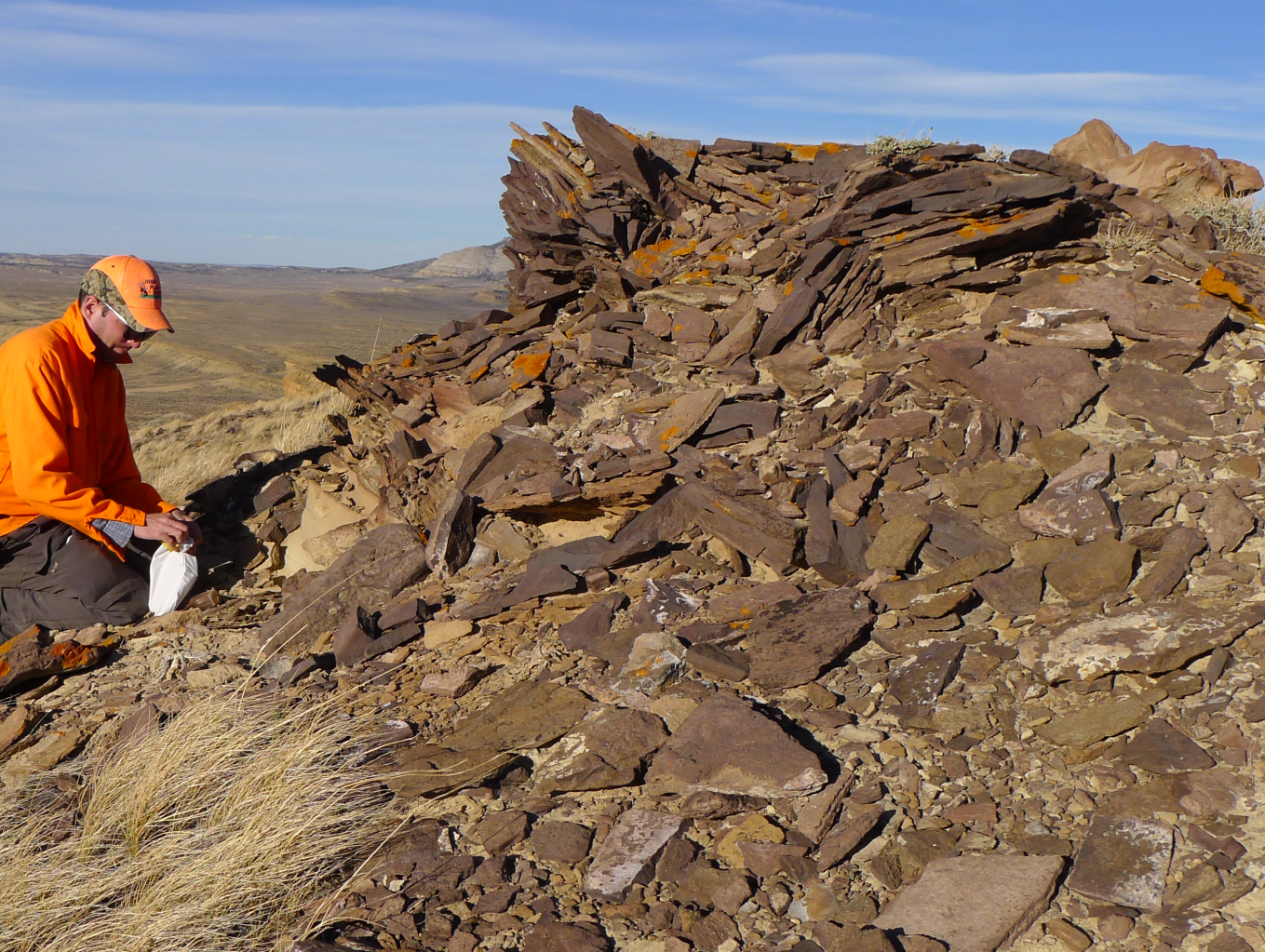NEWS RELEASE: Wyoming Geological Survey Publishes 2 Reports on Potential Critical Mineral Occurrences in Ancient Beach and River Deposits
Wyoming State Geological Survey sent this bulletin at 12/07/2023 08:12 AM MST
December 7, 2023
******FOR IMMEDIATE RELEASE******
Media Contact:
Christina George
christina.george@wyo.gov
WSGS Publishes 2 Reports on Potential Critical Mineral Occurrences in Ancient Beach and River Deposits
The Wyoming State Geological Survey (WSGS) released two scientific reports on critical mineral occurrences in paleoplacers throughout the state. Paleoplacers are ancient placer deposits made up of “heavy“ minerals, or minerals denser than quartz, that were deposited by flowing water. Some of these deposits are potential sources of titanium, zirconium, and rare earth elements, which have various important and high-tech applications, such as in aerospace, ceramics, nuclear energy, magnets, batteries, and other electronic components.
“Critical minerals—or minerals considered vital for economic and national security—have been the focus of much of our work at the Survey in recent years,” says WSGS Director and State Geologist, Dr. Erin Campbell. “These reports are a unique look at a type of mineral system that is often overlooked. We hope that the data published with the reports will be useful to the public for many years to come.”
The first publication in this double release is WSGS Report of Investigations 80: “Upper Cretaceous Fossil Beach Placers of Wyoming: Geochemistry, Mineralogy, and Economics.” The study examines the critical mineral potential of sandstones rich in heavy minerals that were deposited along the shore of the Cretaceous Western Interior Seaway that covered Wyoming about 80 million years ago.
Employing sedimentological and mineralogical techniques, the study found that these ancient beach placers can contain as much as 90 percent heavy minerals, mostly altered titanium-bearing minerals of low value, such as titanohematite. Rare-earth-element-bearing monazite is common in some deposits described in the report, alongside elevated thorium concentrations. Zircon is also abundant.
Although a number of these deposits are relatively large and moderate to high grade, most of the heavy-mineral sandstones in Wyoming are erosional remnants a mere fraction of their original size. In some instances, thick overburden, steeply dipping rock layers, and considerable hardness of the rock present additional challenges to any potential development.
In addition to presenting new geochemical and mineralogical data, the study discusses the broader geologic context in which the heavy-mineral sandstones formed, with emphasis on the mountain-building event known as the Sevier orogeny, the Western Interior Seaway, Cretaceous volcanism, and burial diagenesis. The report also provides individual summaries for each occurrence known throughout the state.
“Some of these sandstones were looked at over 50 years ago as potential titanium resources,” explains geologist Derek Lichtner. “But now we have new objectives—identifying sources of critical minerals, like minerals containing rare earth elements, in part for up-and-coming technologies. Compared to the 1960s, we also have improved and expanded geochemical methods, as well as decades of new research on the Cretaceous Western Interior Seaway. This project was a great opportunity to re-examine these outcrops with recent advances in mind.”
The second report released by the WSGS also features paleoplacers, but the rocks described in this study formed in streams and rivers rather than along ancient seaways. WSGS Open File Report 2023-2, “Critical-Mineral-Bearing Paleoplacers in the Basal Cambrian Flathead Sandstone and Other Radioactive Conglomerates, Wyoming: Geochemistry and Mineralogy,” is a preliminary look at the critical mineral potential of various radioactive conglomerate deposits throughout Wyoming. While the report focuses on new geochemical data for monazite-bearing paleoplacers in the 500-million-year-old Flathead Sandstone, it also investigates similar deposits as old as 2.5 billion years in the Medicine Bow Mountains and Sierra Madre, and as recent as 50 million years in the Shirley Basin.
Most work by previous researchers has centered on Bald Mountain in the Bighorn Mountains, but this study shows there is minor to moderate rare-earth-element-enrichment in the Flathead Sandstone elsewhere in the state, although the host conglomerates are poorly exposed and their dimensions unknown.
“As part of our continued efforts to investigate critical mineral resources, these two reports expand our understanding of the geologic conditions needed for paleoplacer formation in Wyoming,” says Lichtner. “As we navigate a landscape of increasing technological demand for rare earth elements and other critical minerals, it is our hope that findings such as these serve as both historical geological accounts and forward-looking guides to the state’s natural resources.”
Both reports are available as free downloads from the WSGS website. For additional information, or to request a copy of the reports and associated data, please contact the WSGS at wsgs-info@wyo.gov.

(Caption: A WSGS geologist studies a heavy-mineral sandstone in Sweetwater County. Photograph is figure 32 in Report of Investigations 80. WSGS Photo)

